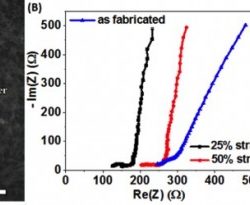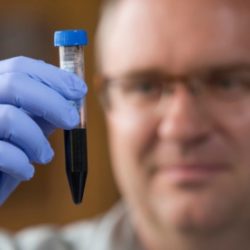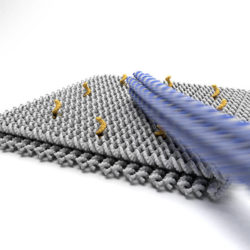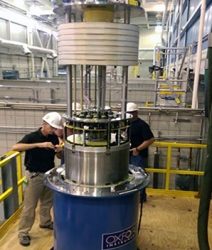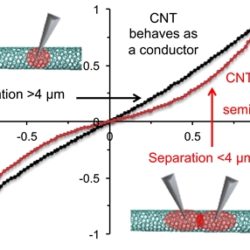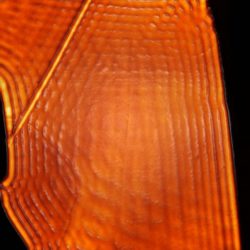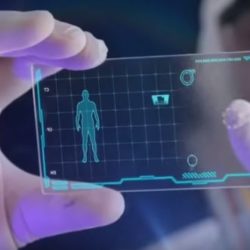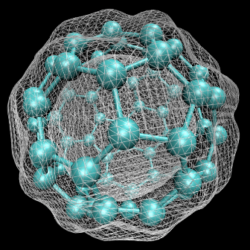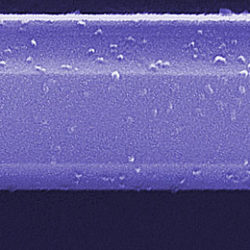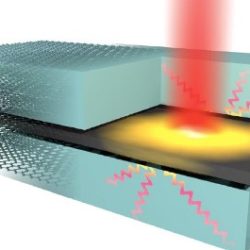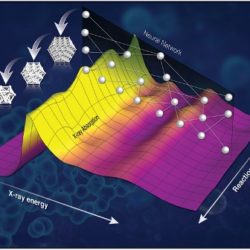A novel method for the creation of an all-nanotube stretchable supercapacitor fabrication
Currently, research in the domain of flexible and stretchable supercapacitors is focused on adjusting electrodes, as they have the most significant effect on performance. However, the separator materials for such applications remain largely unexplored. Recently, a group of scientists from Skoltech and Aalto University (Finland) proposed a novel method for the creation of an all-nanotube Read more about A novel method for the creation of an all-nanotube stretchable supercapacitor fabrication[…]
